A drive to halt the declining numbers of swifts, swallows and house martins is the focus of this year’s Wild About Gardens (wildaboutgardens.org.uk) campaign, organised by the RHS and The Wildlife Trusts.
Swifts and house martins were recently added to the UK Red List of threatened birds, having suffered serious declines in recent decades. It is estimated that almost 60% of UK swifts have disappeared over the last 25 years, the charities warn.
View this post on Instagram
Wild About Highflyers, the name of this year’s Wild About Gardens campaign, urges people to support these charismatic migratory birds and help in countering habitat loss and decline in insect prey.
“Sadly, these birds – like much of our wildlife – have suffered severe declines in recent decades due to habitat loss and plummeting insect numbers, which are affected by pollution, the impacts of development, and climate change,” says Dr Rob Stoneman, director of landscape recovery at The Wildlife Trusts.
“With a bit of diversity and structure, a garden can become a haven for all kinds of wildlife, providing nesting sites, shelter and food. It’s all about being creative, ditching all chemicals, and letting things go a bit wild.
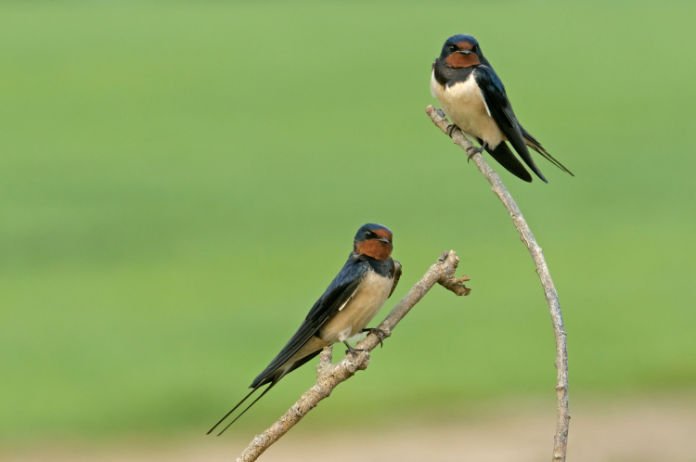
“If we can encourage enough gardeners to give a bit of their garden over to wildlife, it could work wonders for the natural world, which means more insects for swallows and more enjoyment of wildlife for people.”
Helen Bostock, a senior wildlife specialist at the RHS, suggests five ways to support birds in the garden
1. Gift your birds a box this year
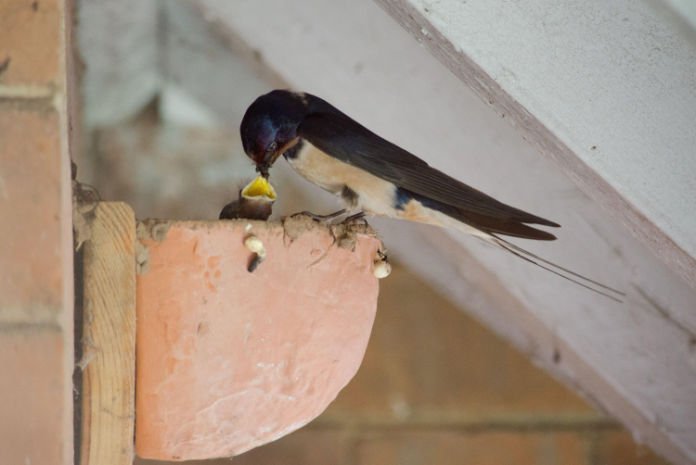
Some birds are happy to select their own accommodation, a robin making a nest in an old pair of gardening boots or a pair of blackbirds hiding their nest in a tangle of stems in a dense shrub.
Lots of other birds, though, will be happy to use manmade boxes. These can be a lifesaver if natural nesting spots are in short supply or human building work means eaves or soffit boards are no longer available for house sparrows or returning migrant birds such as swifts.
Place the boxes as close as you can to where the original site was. Choose bird box designs to match your space or what species you’d like to attract.
2. Lend a hand with nest lining
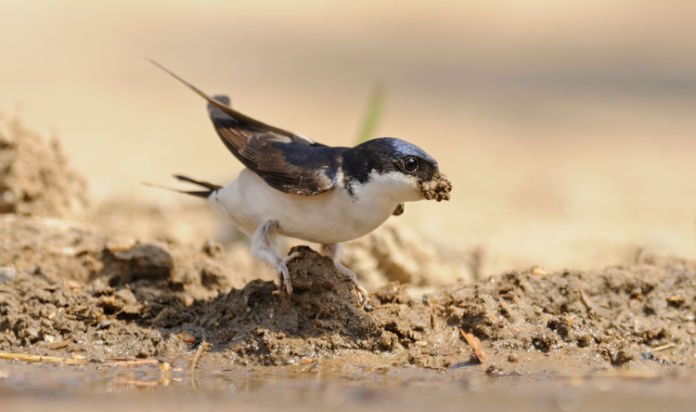
Birds use a wonderful variety of nesting material. Long-tailed tits, for instance, spend days constructing a tear-dropped globe from thousands of pieces of lichen, moss, grass, wool, hair and feathers. Tolerating some moss in your lawn and hanging up undyed sheep’s wool will ensure there’s a plentiful supply, even in new build gardens.
Meanwhile, swallows and house martins use mud, binding it together with pieces of dry grass. Mud isn’t always easy to come by, especially in a dry year, so muck in by building a mini bog garden or keeping a muddy edge to the side of your garden pond.
3. Serve up some insects
View this post on Instagram
Plant an insect-friendly border or meadow flowers such as wild carrot, poppies, yarrow, scabious and bistorts. What you’re looking for are flowers with open structures which even the tiniest of flies, wasps and beetles can land on and access the nectar or pollen.
Massive declines in insect numbers both in the UK and further afield means there is less fodder for hungry birds. Insectivorous migratory birds such as swallows, house martins and spotted flycatchers need these in abundance. Even seed-eating birds will usually need a plentiful supply of caterpillars, aphids and other insects to feed their young.
4. Make a running water feature
View this post on Instagram
Some birds, especially blackbirds, seem particularly drawn to fountains, cascades or dribble fountains – so why not get yourself one of these this summer? They also make a lovely sound and a place to watch birds in their bathing antics. It’s good to keep any water feature, used by birds for bathing or drinking, topped up and refreshed regularly with clean water. This will help stop the spread of avian diseases.
5. Introduce a pet patrol
Keep pets, especially cats, indoors when you notice fledglings in the garden. These fluffy, often drabber versions of their parents can be spotted hopping about on or close to the ground. It’s easy to mistake this for a chick in need, seemingly abandoned by its parents but this is normal behaviour for many fledglings when first out of the nest and the adults are often nearby.
In fact, the chicks will cheep quite noisily if a free dinner is on its way. Fledgling swifts, swallows and house martins are the exception as they can fly from a young age so if you find one of these on the ground or the bird appears injured, call your local wildlife rescue for advice.
How to identify house martins, swallows and swifts if they visit your garden
House martins
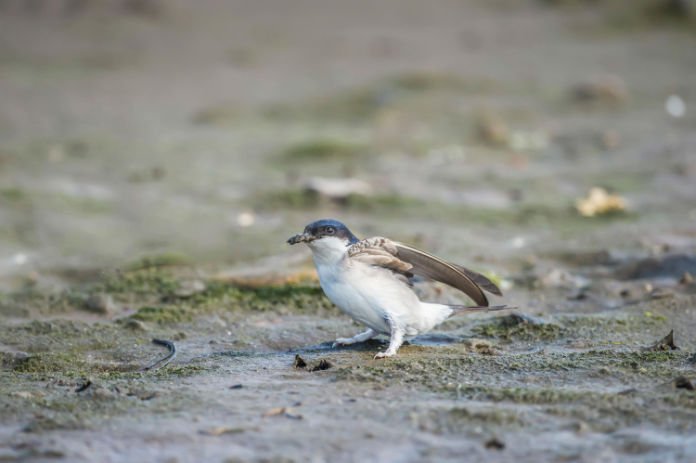
House martins have glossy blue-black upperparts and pure white underparts and a distinctive white rump with a forked tail. They spend winters in Africa, but can be seen across the whole of the UK between March and October, dashing between rooftops in towns and villages or near areas of farmland, woodland and water where insects are plentiful. They sometimes nest in groups, usually consisting of around five nests.
Swallows
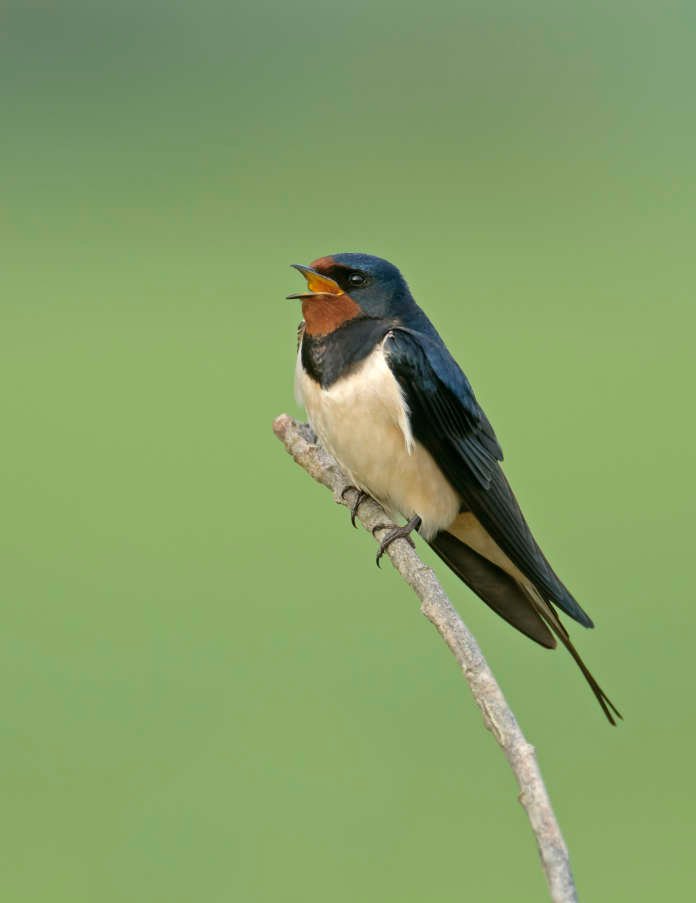
Swallows are small birds with dark, glossy-blue backs, dark red forehead and throat, pale underparts and long forked tail. They spend most of their time on the wing. You’ll see them here from March to October, often spotted perching on wires in small numbers.
Swifts
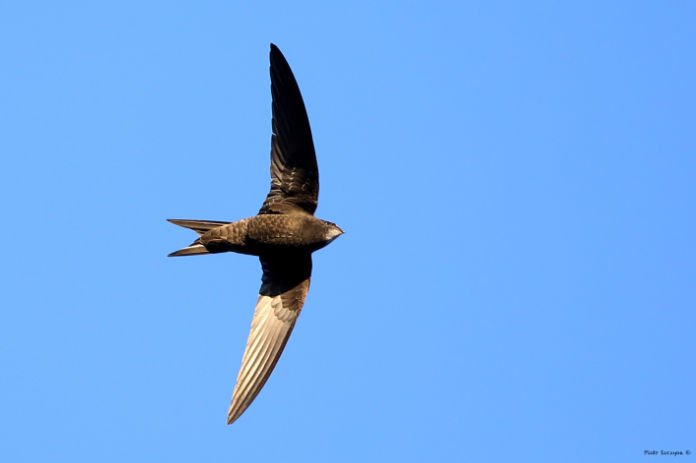
Swifts are brown, but in flight against the sky appear black, with long wings and a short forked tail. Again, they are summer visitors, breeding in the UK but spending their winters in Africa.
The new campaign will go live on March 23. For more information, and to download an accompanying guide, visit wildaboutgardens.org.uk
Best-selling bird nesting boxes
Stuck for inspiration? Check out our list of best-selling Amazon products!
- DURABLE ELEGANCE: Crafted to endure, our bird boxes are long-lasting with fully pressure-treated and stained wood, ensuring cosy avian dwellings for years to come. Embrace the joy of these wooden bird...
- ECO-FRIENDLY HAVEN: Contribute to the environment as you invite charming chirpers to your birdhouse for gardens, woods, farms and forestry. Constructed from 100% FSC wood, our wooden birdbox reflects...
- BIRD’S HAVEN: A welcoming 30mm bird hole sets the stage for a diverse avian cast to this bird home. Blue tits, coal tits, marsh tits, great tits, house sparrows, tree sparrows, and pied...
Last update on 2024-04-10 / Affiliate links / Images from Amazon Product Advertising API
You may be interested in…
This article may include affiliate links to products and services where we may receive a small fee to support the running of this site if you make a purchase or is a sponsored article from one of our select editorial partners providing valuable advice and information to our readers.
































































